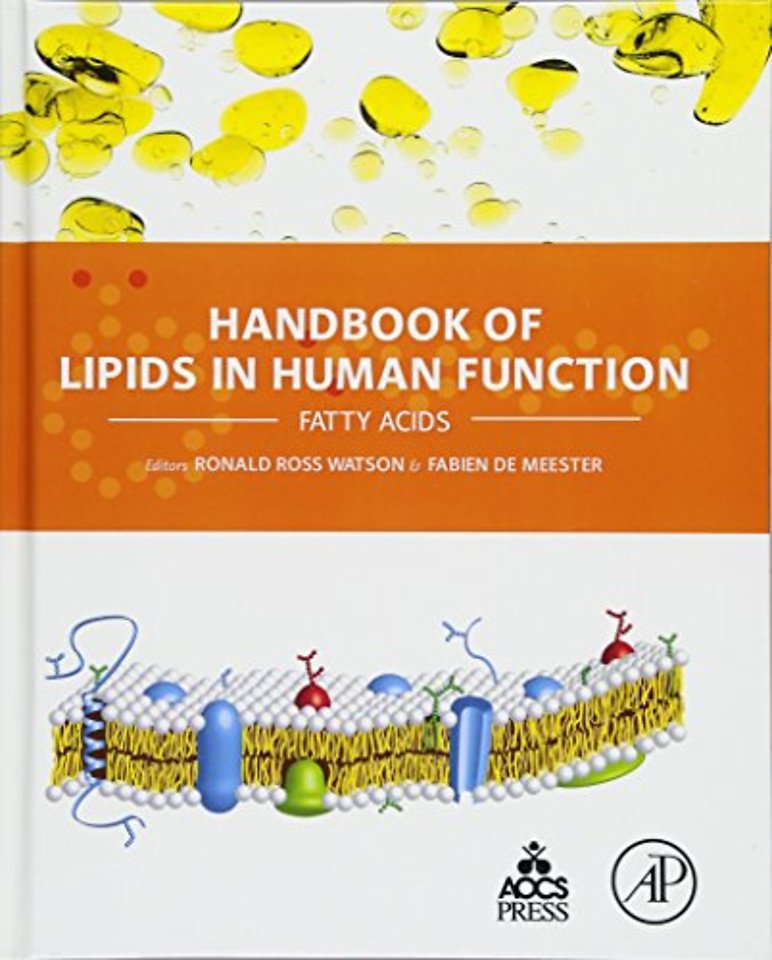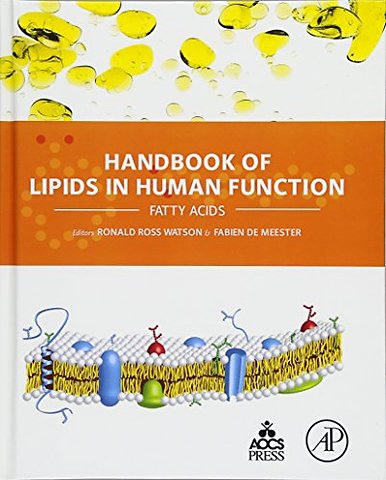Chapter 1: Personalized Diet and Lifestyle Interventions on Lipids and Lipoproteins<br>Chapter 2: Trans Fats and Risks of Cardiovascular Diseases: Facts or Artifacts?<br>Chapter 3: Fatty Acids and Cardiac Ischemia Reperfusion Injury<br>Chapter 4: Lipids Nutrition and Epigenetic Modification in Obesity-Related Co-Morbitities<br>Chapter 5: Dairy Products: Their Role in the Diet and Effects on Cardiovascular Disease<br>Chapter 6: Fatty Acids in Corn Oil: Role in Heart Disease Prevention<br>Chapter 7: Dietary Approaches to Reduce Aortic Stiffness<br>Chapter 8: Inflammation and Atherogenic Effects Due to Saturated Fatty Acids<br>Chapter 9: The Use of Omega-3 Polyunsaturated Fatty Acids (n-3 PUFAs) in Atrial Fibrillation<br>Chapter 10: Individual Fatty Acids in Cardiometabolic Disease <br>Chapter 11: Omega-3 Polyunsaturated Fatty Acids in Patients with Coronary Disease Treated with Percutaneous Coronary Intervention<br>Chapter 12: Effects of Omega-3 Fatty Acid Supplementation on Cognition in Children<br>Chapter 13: The Effects of Glycerophospholipids and Fatty Acids on APP Processing: Implications for Alzheimer’s Disease<br>Chapter 14: Role of Dietary Fatty Acids in Mood Disorders<br>Chapter 15: Biochemical Aspects of n-6 and n-3 Fatty Acid-Derived Lipid Mediators in the Brain<br>Chapter 16: Neurocognitive Functions and Lipids<br>Chapter 17: What Are the Physiological Roles of Mead Acid (5,8,11-Eicosatrienoic Acid)?<br>Chapter 18: Fat Metabolism During Exercise and Dietary Interventions for Enhancing Fat Metabolism and Athletic Performance<br>Chapter 19: Ruminal Metabolism of Fatty Acids: Modulation of Polyunsaturated, Conjugated, and Trans Fatty Acids in Meat and Milk<br>Chapter 20: Lipids and Metabolic Syndrome<br>Chapter 21: Fatty Acids and Hypothalamic Dysfunction in Obesity<br>Chapter 22: Dietary Lipid Determines the Health of Airway Epithelia and the Lungs<br>Chapter 23: Oleic Acid and Lung Injury<br>Chapter 24: Dietary Fats and Inflammation<br>Chapter 25: Intensive Lipid-Lowering Treatment in Patients with Inflammatory Joint Diseases<br>Chapter 26: Arachidonic Acid and Cancer Risk<br>Chapter 27: Blood Cell Membrane Omega-3 (n-3) Fatty Acid Abnormality and Supplementation in Patients with Sickle Cell Anemia<br>Chapter 28: Lipids, Low-Grade Chronic Inflammation and NAFLD: A Menage A Trois?<br>Chapter 29: Disturbances of Lipid Metabolism in a Cancer Cell and How This Knowledge Increases Its Role in Clinical Oncology

